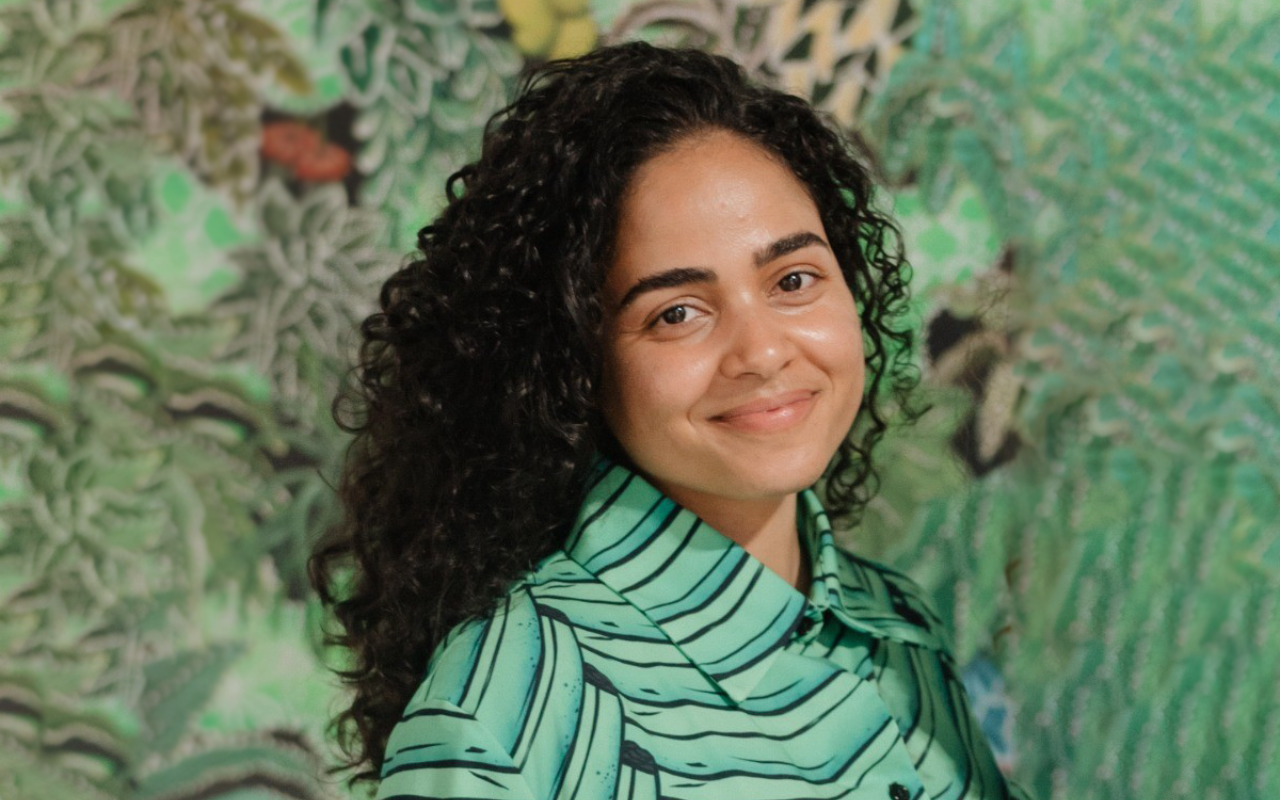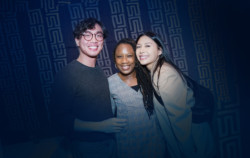
DePauw Alum Selected for Prestigious Studio Museum Arts Leadership Program
Naiomy Guerrero, a DePauw University graduate and Ph.D. candidate in art history at the CUNY Graduate Center, is advancing new perspectives on how history is told. She was recently selected for the Arts Leadership Praxis program at the Studio Museum in Harlem, a fellowship that develops the next generation of leaders committed to equity and innovation in the arts.
The daughter of Dominican immigrants, Naiomy grew up between New York and the Dominican Republic. Her experiences shaped a commitment to centering Black cultural production and amplifying the work of underrecognized artists across the diaspora.
When Naiomy began at DePauw, Guerrero planned to study studio art. A photography course changed her path, sparking a fascination with how much meaning could be drawn from a single object. “Photography came easily to me, and I could spend hours in the darkroom,” she says.
It’s how people support one another across countries and oceans. That’s what I see when I look at art.
Early roles at the Disney Animation Research Library and El Museo del Barrio gave Naiomy exposure to careers beyond studio practice, highlighting how research, storytelling and context-building could shape the art world. That growing interest led her toward art history.
A defining influence came from the late Catherine E. Fruhan, professor of art and art history at DePauw who was known for her expertise in Italian Renaissance art.
“Professor Fruhan was instrumental in helping me see myself as an art historian,” Naiomy says. “Because of her influence, I shifted my focus to art history in my junior year.”
Today, Naiomy’s scholarship examines Black cultural production in the Black Atlantic, particularly in coastal cities across the U.S. and the Caribbean. Her dissertation explores how the colonial zone of Santo Domingo (La Zona) functions as a space where Dominican artists reflect on and challenge colonial legacies. Her research includes the work of Celeste Woss y Gil, Joiri Minaya and the Frente Cultural Constitucionalista, a collective that protested the U.S. occupation of the Dominican Republic in 1965.
For Naiomy, art is not only a subject of study but also a record of connection.
“It’s how people support one another across countries and oceans. That’s what I see when I look at art,” she says.
Asked what advice she would share with others, Naiomy emphasizes the importance of pursuing authentic interests.
“Follow the fun. Follow what is interesting. What you’re interested in is interested in you.”

